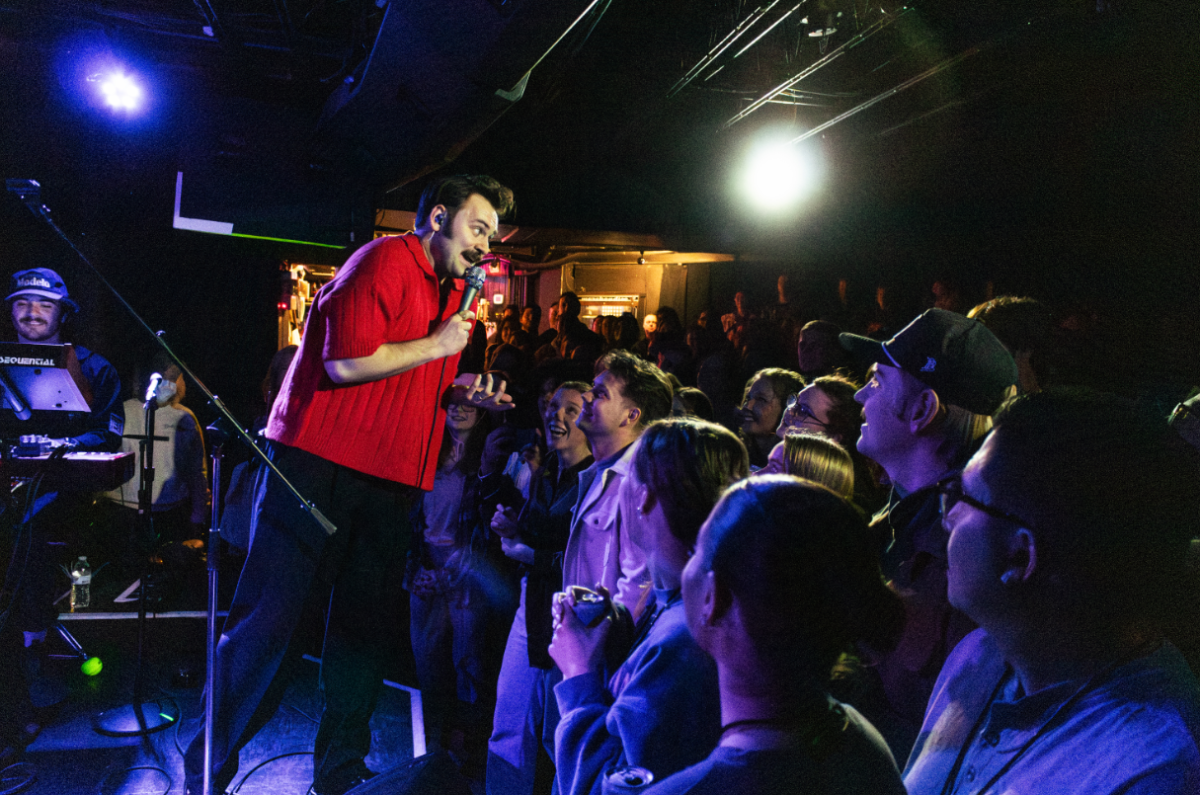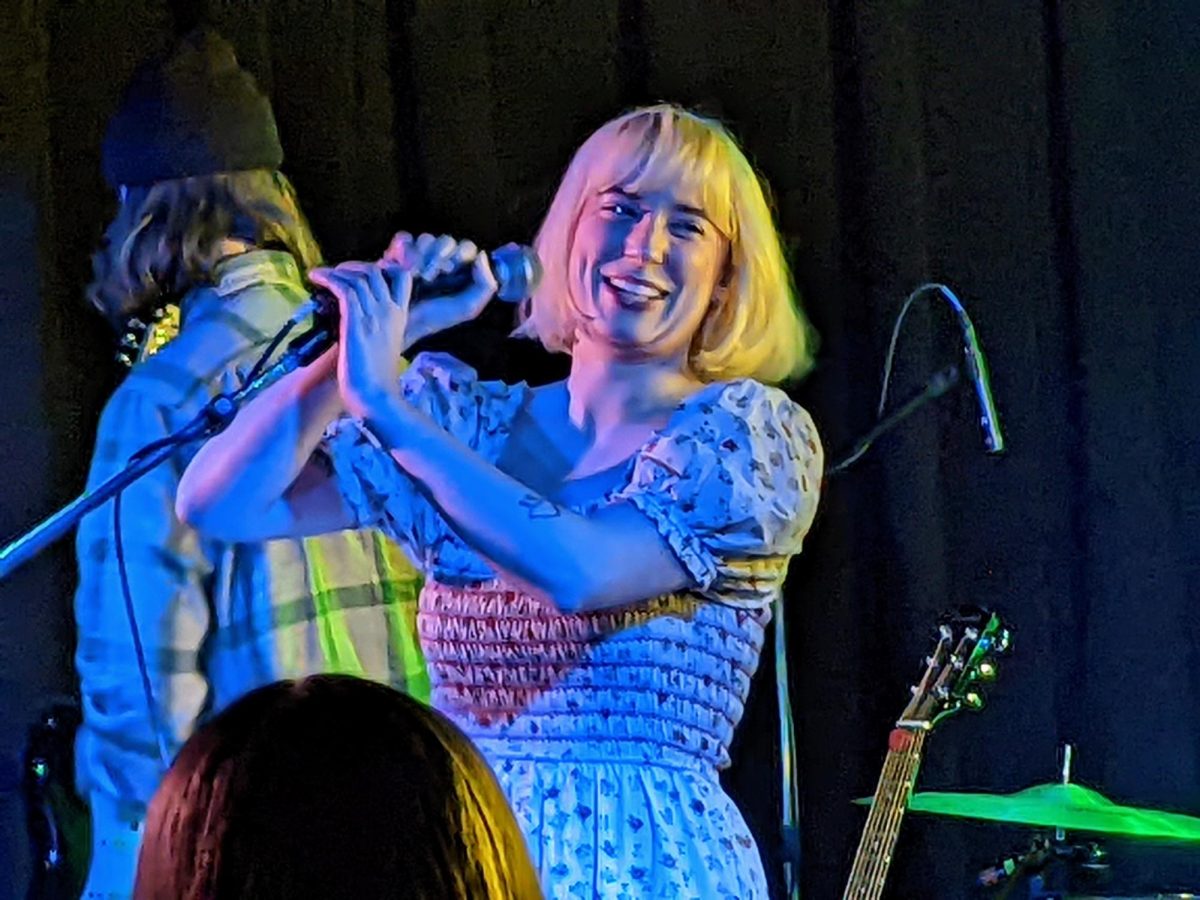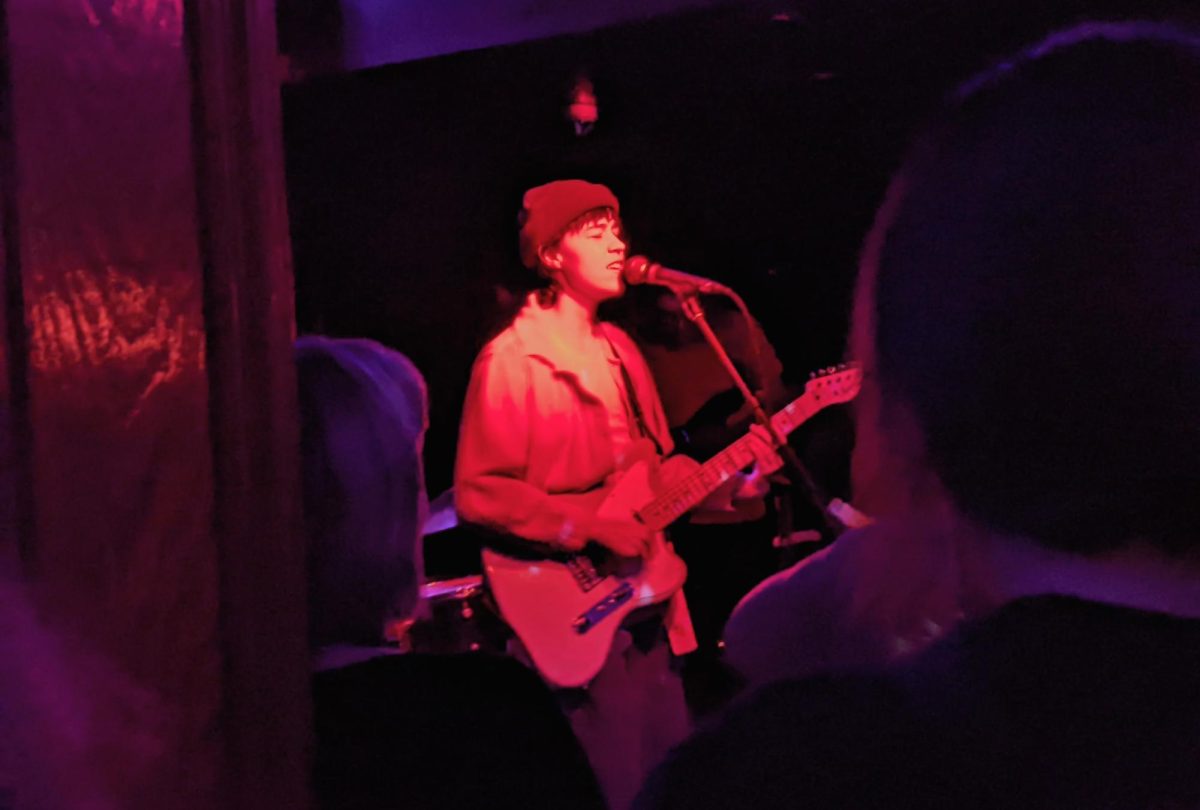Edie Overturf is an assistant printmaking professor at the University of Minnesota, and one of five recipients of the Jerome Fellowship for emerging artists in 2016 — that’s from a pool of 229 applicants.
The fellowship awards each artist $12,000 for yearlong projects. Overturf used her grant to add a new element to her work: neon. As of Friday, the work of all five artists is on display at the Minneapolis College of Art and Design.
The Jerome Fellowship recipients must be Minnesota artists whose solo careers haven’t yet received much attention.
“The point of the fellowship is to propel people who’re on their way up,” said Kerry Morgan, MCAD’s Gallery Director.
“You have to be strong technique-wise — you have to be very good at what you’re doing. There’s a technical finesse; if you’ve seen her work in person, you’d know that,” Morgan said. “You can tell that it’s well executed. The content of her work is also very compelling. Our jurors use that word a lot — it’s necessary, it needs to be seen now.”
Overturf enjoys printmaking for the enduring artistic process: “The drawing becomes a carving, and then becomes a print. There’s this transformation that I love every time,” Overturf said.
The prints she made for the Jerome project center on post-apocalyptic landscapes. Mountains and barren fields play a prominent role. Sometimes the images show people, sometimes not.
They’re multilayered, using both woodcut (illustrations carved into boards and pressed onto paper) and monotype (ink on Plexiglas pressed into paper) styles of printing.
Overturf began this project upon receiving the fellowship the day after the 2016 presidential election.
“I was drawing upon stories of apocalypse … trying to question the authority of where those stories were coming from,” she said. “It says something about our cultures that we’re constantly trying to use stories of morality to create a future scenario that’s either dystopian or utopian. I think that’s a byproduct of our consciousness.”
Overturf learned how to work with neon specifically for the fellowship project.
The gas glows red when electrified, but to achieve the colors she wanted, she also had to fill powder-coated glass tubes with mercury vapor and argon.
The neon suits her prints — the barrier between the viewer and the toxic gas is thin and fragile, a poignant, immediate threat that fits our fascination with the end of the world.
“The materials felt really important,” Overturf said. She makes neon sound simple, but it’s delicate (and deadly). “You bend the tubes this way, put electrodes on, gas goes in, gets electrified,” she said.
Her teaching as well as her art has garnered considerable respect. Undergraduates and graduate students alike gave her glowing reviews.
“Her work is really exciting,” said Brittany Kieler, one of Overturf’s former teaching assistants. “She’s working on such a large scale. Printmaking is a huge endeavor, and with the neon, there’s this new tie to commercialism, which fits the other themes [in her work].”
“She makes it so pleasant to work on projects until midnight over the weekend,” said Maureen Amundson, an art senior at the University. “A lot of the art professors are good, but she takes a special interest in our work.”
“Teaching is always a thing that fuels me,” Overturf said. “Seeing other people’s excitement in the process makes me revisit why I love it.”









